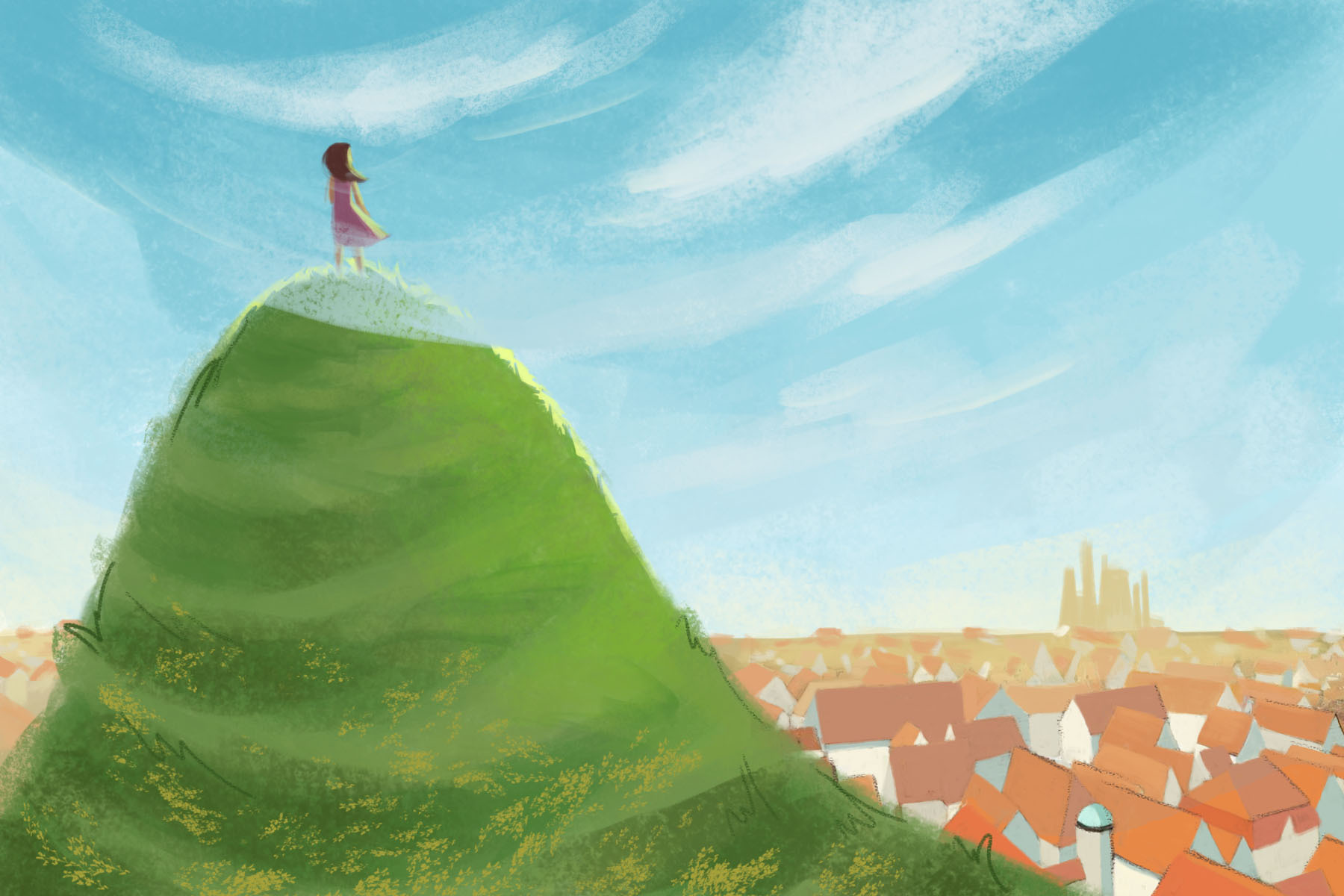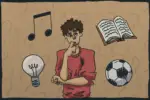Before coming to college, I never really took walks. But when I moved into an off-campus apartment without a car, walking became a necessary part of my daily routine. If I wanted to get anywhere, I was going to have to walk there. I commuted everywhere on foot — to get groceries, to classes, friend’s apartments, club meetings, doctor’s appointments, etc.
It was a tough adjustment to make in the beginning. Distances that seemed short in a car suddenly seemed much longer on foot, and I arrived at most destinations a little sweatier and more tired than I otherwise would have been. But by the time I came home to my family and my car on break, I found that I missed walking. At home, in the absence of a real need to walk anywhere, I decided to finally try walking as its own activity. The rest is history.
For the past few years, I have been mastering the art of the solitary walk, and now I’m going to share a little bit of what I’ve learned along the road.
Finding Adventure in a Walk
Walking somewhere versus just walking to walk are very different experiences. The first thing I had to learn when just walking for pleasure was to take advantage of this difference. Walking to reach a destination often requires more direct routes and therefore main roads. When I walk this way, I become very destination-focused, impervious to the inexhaustible reservoir of things to see if I could wrench my gaze from the goal. When I began just walking to walk, I initially took the same routes I had always been taking, until I realized this was a detriment to my overall experience.
As I learned more, I started to explore side streets and alternate routes. I enjoyed seeing familiar landmarks from new angles. As an experiment, I resolved not to decide which turn I would take at any point until I arrived there, since my walks no longer had to be pre-planned. When I did this, I often surprised myself by discovering a new turn at the very last minute, and had a hugely different walk than I expected. Doing this invigorated my walks with the tantalizing promise of a new discovery, transforming them from simple ways to pass the time into eagerly anticipated adventures.
Dealing With the Traffic
Avoiding main roads carries an added bonus for me as well. I often become overwhelmed by the constant activity of cars, construction and people on more trafficked roads, finding it difficult to concentrate on my walk and everything else at the same time. A side street immediately creates a feeling of seclusion and relief from the constant background stimuli competing for my attention. And, side streets give me something new and exciting to give my full attention to.
Even without the bustle of busy streets, it is still very possible to become overwhelmed on a solitary walk. When people are alone, their minds tend to wander. This internal traffic quickly becomes just as staggering as the cars on the busy streets. Sometimes it can be harder to recognize when internal stimuli feel just as overpowering as external stimuli.
Rather than manifesting as frustration with a specific nuisance (like the annoying and immersive racket of a jackhammer), the internal overload instead appears as irritation, increased fatigue or constant thoughts about going home. When I start to recognize these feelings, I try to identify and eliminate any extra stimuli.
Sometimes when I become overwhelmed, it helps to pause whatever music I’m listening to. For the most part, listening to music greatly enhances my walks. When I can fully integrate the music into the walk, music adds a lot more character to the experience. I can give my full attention to the songs and try to match my pace to the rhythm. I also like to observe the walk as if I were watching it on a movie screen, and to picture the music as a soundtrack. But as fun as it can be, adding music to a walk is still adding extra stimuli. When I find myself drowning in a swell of prickly, droopy or weirdly homesick feelings, pausing my music often helps me to refocus by eliminating some of the competition for my attention. Once the overwhelming feelings subside, I can resume my music with a quieter mind.
Make Sure You’re Not Missing It
Even though extra fatigue is often a symptom of overstimulation, it can also just result from the pace of a walk. Sometimes even if I stop my music and am able to focus on the walk, I still feel distressingly drained, as though I’m tied to a car and being dragged along the road. When this happens, I try to slow the momentum of the walk. It can do wonders and I start to feel more in control, allowing me to fully experience the walk again.
Sometimes, it’s easy to get carried away by one aspect. I often find that I develop tunnel vision when I walk, perhaps focusing only on the pace, or on a point out in the distance. There have been several stretches of road I’ve walked through only to realize I could remember nothing by the time I turned onto the next block. When this happens, I stop right where I am and take a few minutes to focus on my surroundings, a practice that helps retrieve my meandering thoughts from abstract, half present heights and restore them back to solid and secure ground. Building a picture of my surroundings is much easier when they’re stationary instead of rushing by.
More Than Just a Walk
Using these strategies, I’ve had some of the best walks of my life. Walking has truly become one of my absolute favorite activities, and also one of the most exciting. There is unparalleled satisfaction in knowing I’ve covered every inch of an area and then pushed beyond it. I have also found that the 20- or 30-minute walks to class that used to tire me out in the morning feel too short now. My walks today often stretch well past two hours, and usually only end when I’ve checked the time and realized I have to be somewhere.
For me, walking has become more than an activity and even more than an adventure. It has become an essential way for me to clear my head and reconnect with the present moment. As such, there are many parallels between my walking and mindfulness practices. In the fast-paced and often stressful world today, there has been a growing movement in the United States to find relief by achieving greater acceptance and awareness of the present moment. Many of the strategies people use to cultivate a mindfulness practice are the same ones that I have used to cultivate successful walking experiences. The benefits of practicing mindfulness are seemingly endless, and it is an important part of any self-care routine.
Those who practice mindfulness consistently check in and make decisions based on how they understand themselves to be feeling in the moment, physically or emotionally. I put these strategies in action when deciding to take a turn at the last minute or pausing my music when my mind is irritated. Mindfulness practices also frequently employ visualization, like when I picture music as a movie soundtrack. Greater awareness and appreciation of the present moment is an important skill to cultivate, and fortunately there are several different ways to practice mindfulness. While walking isn’t for everyone, I still encourage all people to take steps toward developing a mindful approach to the world.

















